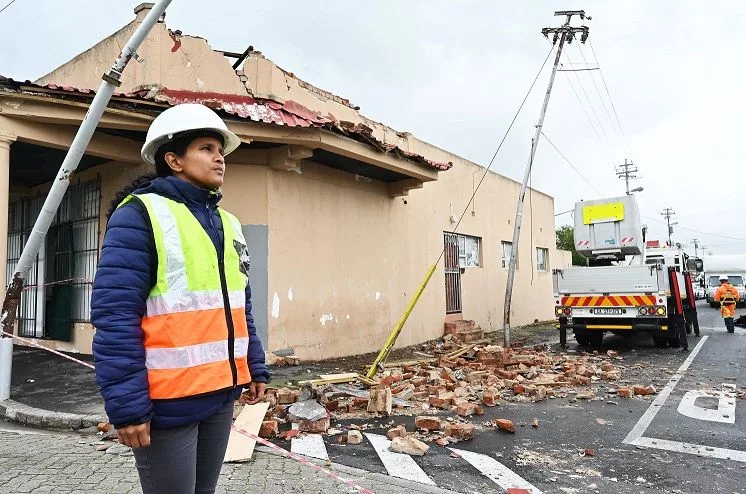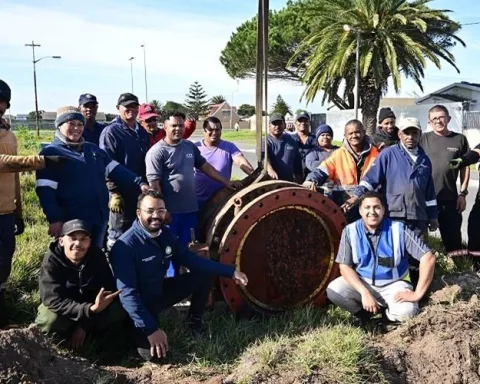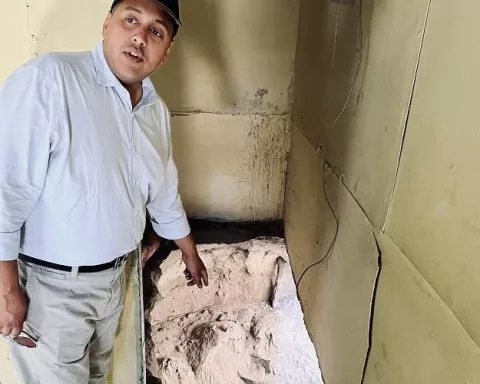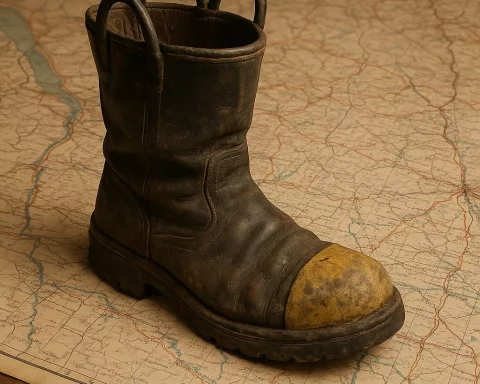Wynberg suffered a severe storm that caused widespread damage, including to the electrical infrastructure. Energy officials and their crews were on a 24/7 operation, dealing with a flood of service requests from distressed citizens. Restoring power was difficult due to grid-tied inverters and other power-hungry appliances, but city officials advised citizens to unplug these devices to prevent system overload. Communication channels were kept open, and community cooperation was vital in ensuring services were restored efficiently. The power restoration efforts stand as a testament to human resilience and innovation.
How did Wynberg restore power after a severe storm?
Restoring power in such a scenario was far from a mere flip of a switch. A considerable technical difficulty rested on the issue of grid-tied inverters and other power-demanding appliances. These devices usually reconnect to the municipal supply immediately after power returns. The abrupt surge of appliances getting back to operation simultaneously often overloads the system, causing it to fail and interrupt the power supply yet again. Therefore, city officials took to advising citizens to unplug their inverters and turn off power-hungry appliances such as water heaters and geysers.
Responding in the Wake of Calamity
Breaking the calm of the early morning on July 10th, 2024, Wynberg found itself in the grip of an unforeseen predicament. The fierce overnight tempest had left trails of destruction, causing widespread havoc to numerous properties and public systems. A significant casualty of these harsh weather conditions was the electrical infrastructure.
Upon the first light of day, Wynberg’s leading Energy authorities, along with Alderman Xanthea Limberg, the Committee Member for Energy, reached the site for a swift evaluation. In coordination with the electricity units, they had started the Herculean task of mending the storm-ravaged infrastructure. The safety-first approach, a constant for such repair work, necessitated a slow, methodical process, requiring the understanding and patience of the city’s inhabitants.
The aftermath of the storm was astonishing, with damage spanning over 22 metropolitan areas. In response to this pervasive turmoil, Energy officials and their crews were on a 24/7 operation, dealing with a flood of service requests from distressed citizens. Accustomed to managing disasters under severe weather conditions, all teams and contractors were on standby, ready to face the challenging circumstances head-on.
Tackling Technical Challenges
Restoring power in such a scenario was far from a mere flip of a switch. A considerable technical difficulty rested on the issue of grid-tied inverters and other power-demanding appliances. These devices usually reconnect to the municipal supply immediately after power returns. The abrupt surge of appliances getting back to operation simultaneously often overloads the system, causing it to fail and interrupt the power supply yet again.
Therefore, city officials took to advising citizens to unplug their inverters and turn off power-hungry appliances such as water heaters and geysers. This precaution was pivotal in preventing system overload and ensuring a smooth power restoration process—a characteristic example of the need to ‘power down’ before ‘powering up.’
Keeping Communication Channels Open
The storm’s wrath was indiscriminate; many areas across the metropolitan region were impacted, each requiring immediate attention. In a bid for openness and timely updates, the City provided continuous information on the areas experiencing power cuts, reassuring residents that even if their area wasn’t presently on the list, it hadn’t been forgotten.
To streamline the procedure, the City offered multiple channels for citizens to report electricity service damages. These included WhatsApp, Call Centre, SMS, Email, and eServices. This facilitation sped up the process for residents to voice their concerns, ensuring prompt assistance.
Lessons on Resilience and Community Cooperation
Looking back at this incident, it’s evident that managing a city’s electricity infrastructure under intense weather conditions is an intricate task. It calls for agile decision-making, strategic organization, and most importantly, flawless teamwork. Wynberg’s recent experience reiterates the daily hurdles city officials face to maintain a continuous power supply, even in the shadow of unforeseen difficulties. More importantly, it underscores the importance of community participation in ensuring services are restored efficiently.
As Wynberg bounces back from this ordeal, the narrative of its power restoration efforts stands as a testament to human resilience, innovation, and the unfaltering pursuit of keeping the lights on.
-
What caused the power outage in Wynberg?
The power outage in Wynberg was caused by a severe storm that damaged the electrical infrastructure. -
How did city officials advise citizens to prevent system overload during power restoration?
City officials advised citizens to unplug their grid-tied inverters and turn off power-hungry appliances such as water heaters and geysers to prevent system overload during power restoration. -
How did the City provide information and communication during the power outage?
The City provided continuous updates on areas experiencing power cuts and offered multiple channels for citizens to report electricity service damages, including WhatsApp, Call Centre, SMS, Email, and eServices. -
What lessons can be learned from the power restoration efforts in Wynberg?
The power restoration efforts in Wynberg highlight the importance of agile decision-making, strategic organization, teamwork, and community participation in ensuring efficient service restoration, especially during unforeseen difficulties. -
How did Wynberg’s power restoration efforts demonstrate human resilience and innovation?
Wynberg’s power restoration efforts stand as a testament to human resilience, innovation, and the unfaltering pursuit of keeping the lights on, despite the challenges posed by severe weather conditions. -
How did city officials ensure a safety-first approach during the repair work?
City officials took a slow, methodical approach to the repair work, ensuring a safety-first approach that required the understanding and patience of the city’s inhabitants.












